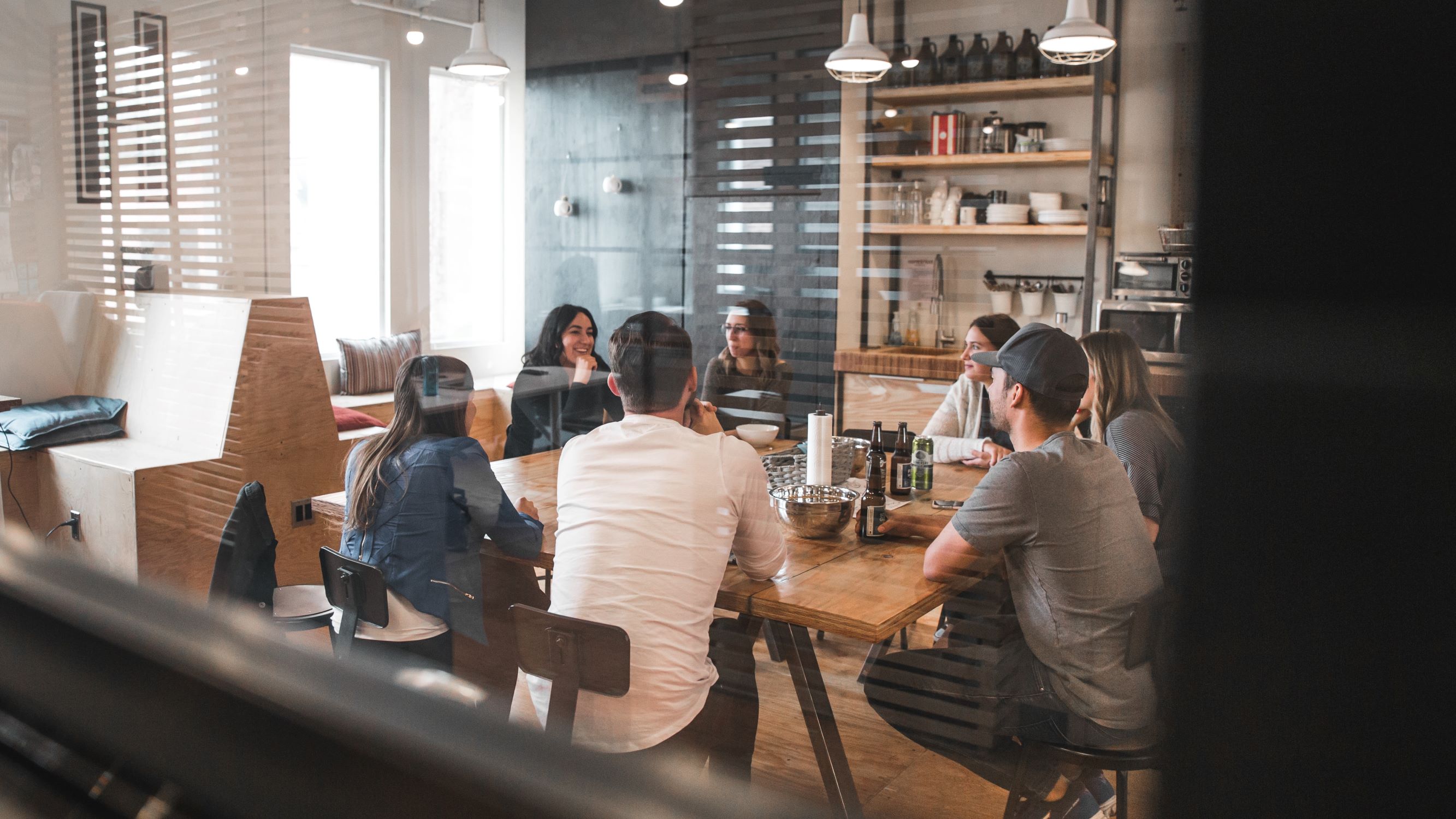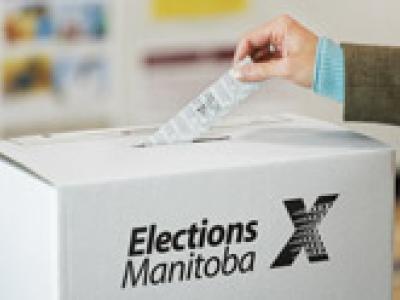
By and large, the COVID-19 pandemic did not seriously affect the public opinion and market research industry. If anything, this once-in-a-lifetime public health crisis underscored how important it is for organizations to understand and ultimately inform citizens’ attitudes and behaviours.
While things return to something resembling a new normal, there is one aspect of our practice that has been profoundly disrupted. Qualitative research – focus groups, one-on-one interviews and other types of in-depth discussions with people – evolved quickly in the early days of the pandemic, as the need for social distancing and travel restrictions meant moving these activities online.
After conducting about 50 virtual focus groups, 15 public consultation sessions and 75 in-depth interviews in the past year, we now have an innate understanding of what works – and doesn’t work – when it comes to facilitating these events on platforms like Zoom or Microsoft Teams.
Here's what we learned:
Online is cheaper. Hosting a pair of focus groups at a dedicated focus group facility adds another $1,500 to $2,000 to the cost of a project. While clients may miss out on the catered meal and glass of wine while they watch from behind the glass, there are significant savings when you no longer need to book a facility, have staff on-site and provide refreshments for participants and observers.
Logistics. For larger projects involving travel to multiple locations, saving on transportation and accommodations – not to mmention the hours of lost time spent in airplanes, security lines and taxis – is a huge benefit for both clients and researchers. It saves money, saves time and means fewer carbon emissions. Plus, the advantages of being able to turn off the laptop, walk down the hall and climb into your own bed after four hours of focus groups beats a night in an unfamiliar hotel any day.
Online groups are easier for participants. After 16 months of lockdowns and social distancing, even the least tech-savvy among us know how to Zoom. We have found participants are eager to participate in an online discussion from the comfort of their home – or wherever they happen to be – rather than driving to a downtown focus group facility or hotel banquet room, finding parking, sitting in a waiting room eating sandwiches and making awkward small talk with strangers, etc. Connecting participants efficiently in an environment where they are most comfortable works better, especially when a skilled moderator is at the helm and can get participants to open up and share their thoughts on a “Brady Bunch” screen.
Online sessions bring people together from different areas. Things were shifting this way prior to the pandemic, but online sessions allow us to bring people from a wider area together. For example, if you are conducting focus groups with people in rural Manitoba, you can have one participant from Brandon, one from Steinbach and one from Morden in the same group, whereas in the past it was only feasible to conduct a session in one of these locations. This opens up opportunities for a wider range of people to participate in qualitative research.
Creative testing works better the old-fashioned way, in person. It is much easier to test images, messaging and ad concepts in-person where participants can look at, touch and write on printed and visual stimuli, such as storyboards and written messages. While creative testing techniques can be adapted to an online environment, the data generated is not as nuanced and is more likely to be skewed by whomever happens to be talking about the material.
Online discussions aren’t quite as rich. This is particularly true of complex, nuanced policy ideas that ought to involve more back-and-forth brainstorming between participants. Despite the cost savings and the easier logistics, it’s hard for Zoom to replace the organic, messy group discussion that brings a great focus group to life, where non-verbal cues are easier to detect. This is especially true for public consultation events that involve specific types of breakout and plenary activities.
Going forward, we will always recommend the ideal focus group methodology based on what will get the right people around a real-life or virtual table and give our clients the best insights and clearest path to action.
Interested in learning more about how our approach to focus groups could help your organization? Get in touch with Curtis Brown at [email protected] or Mary Agnes Welch at [email protected].



